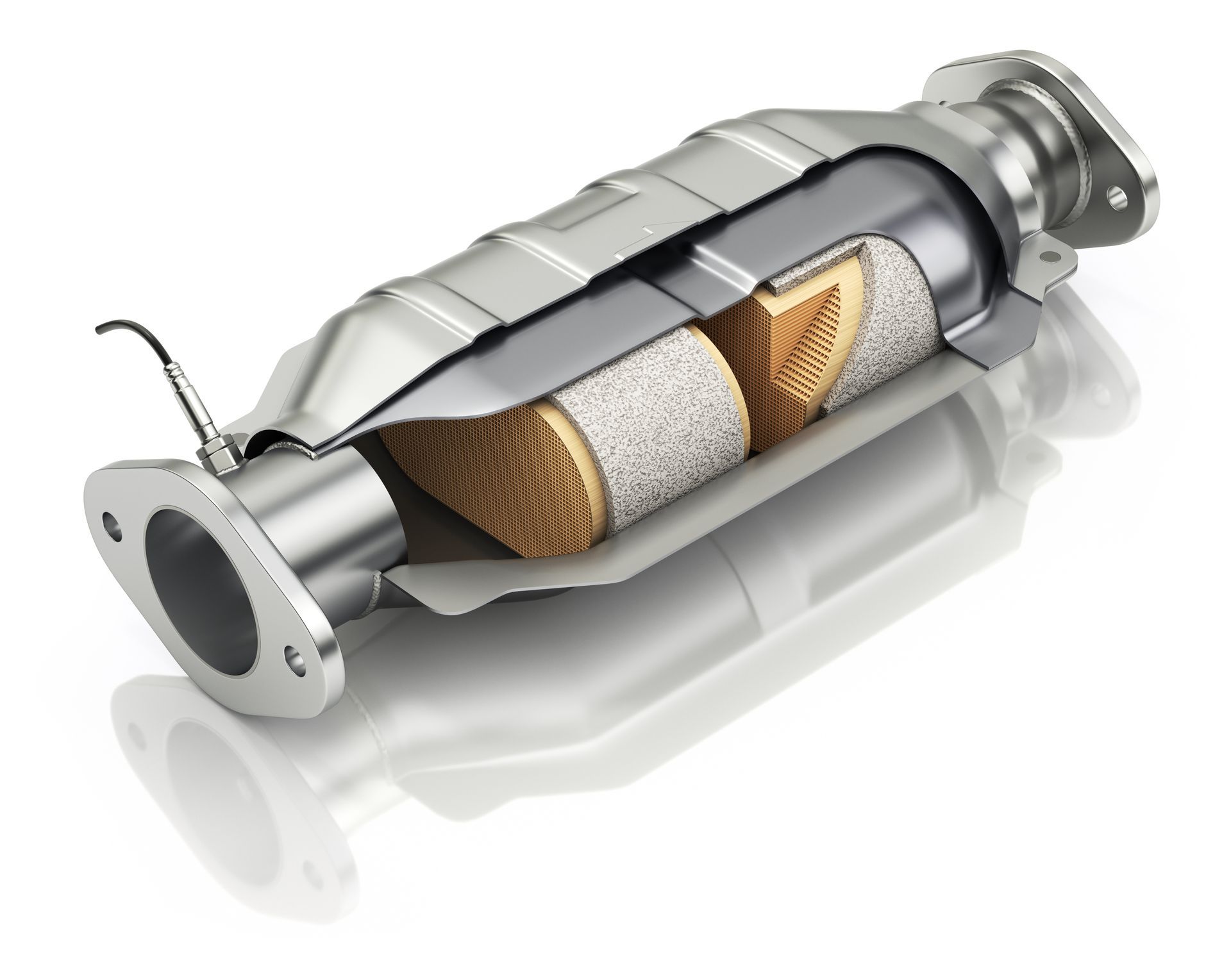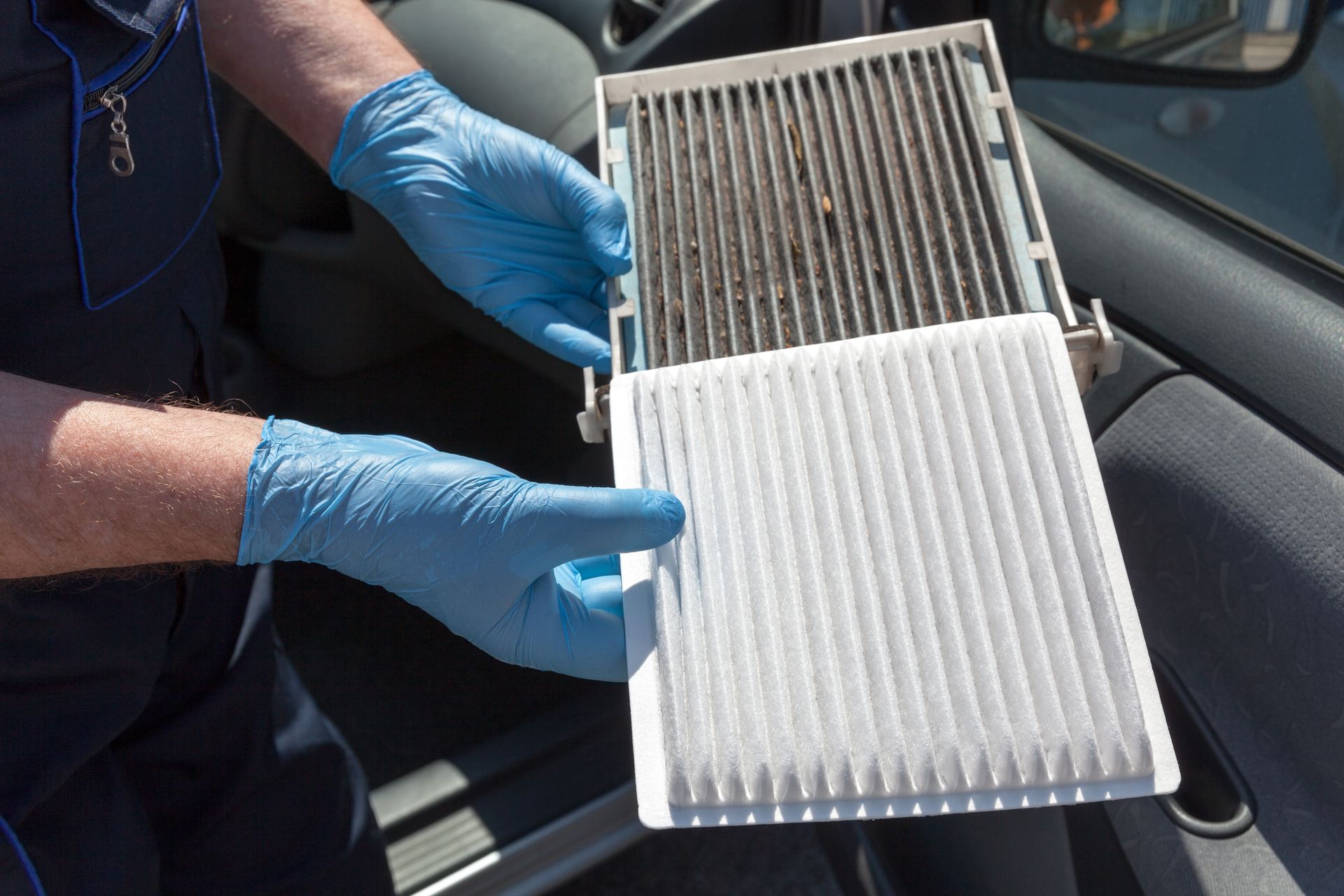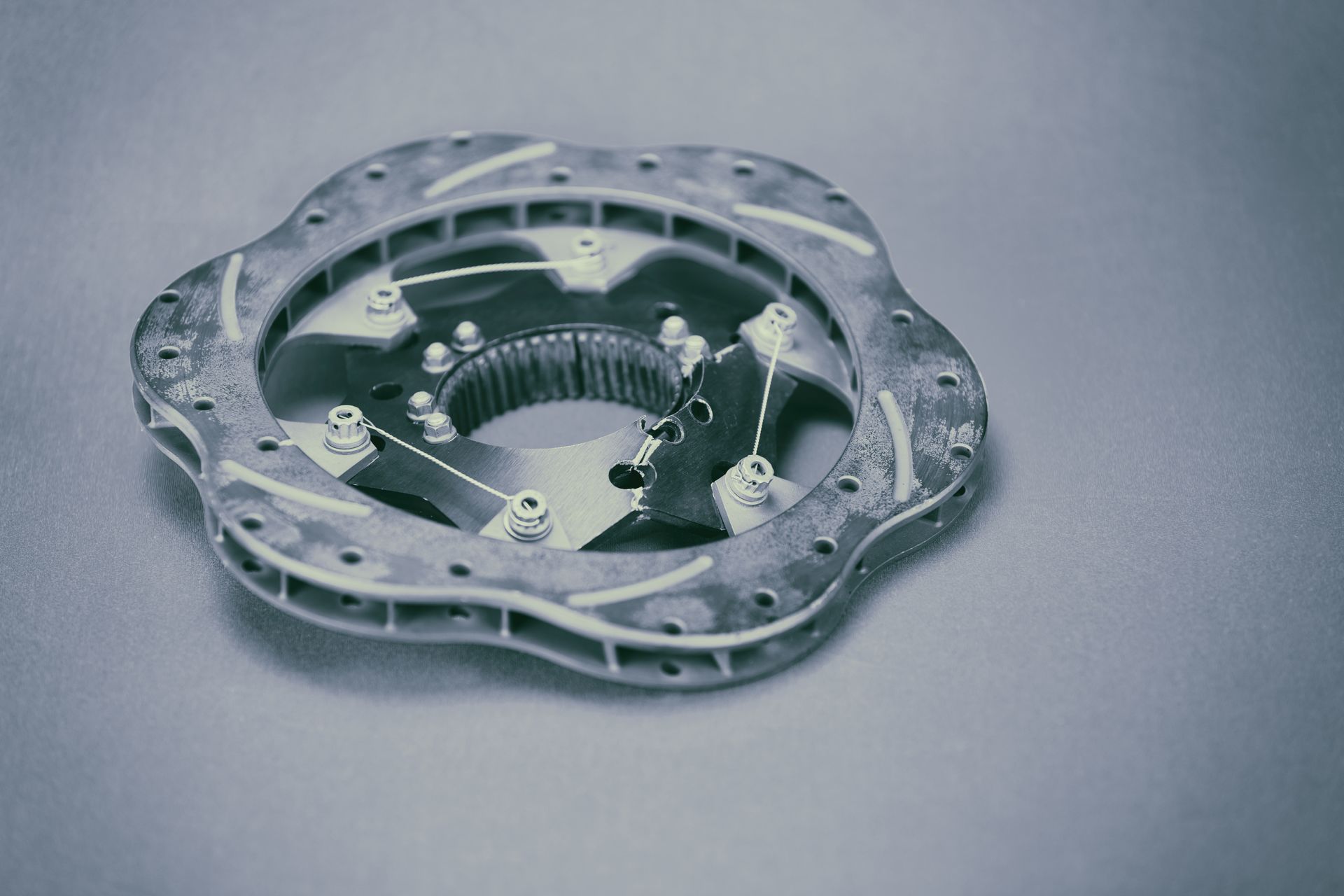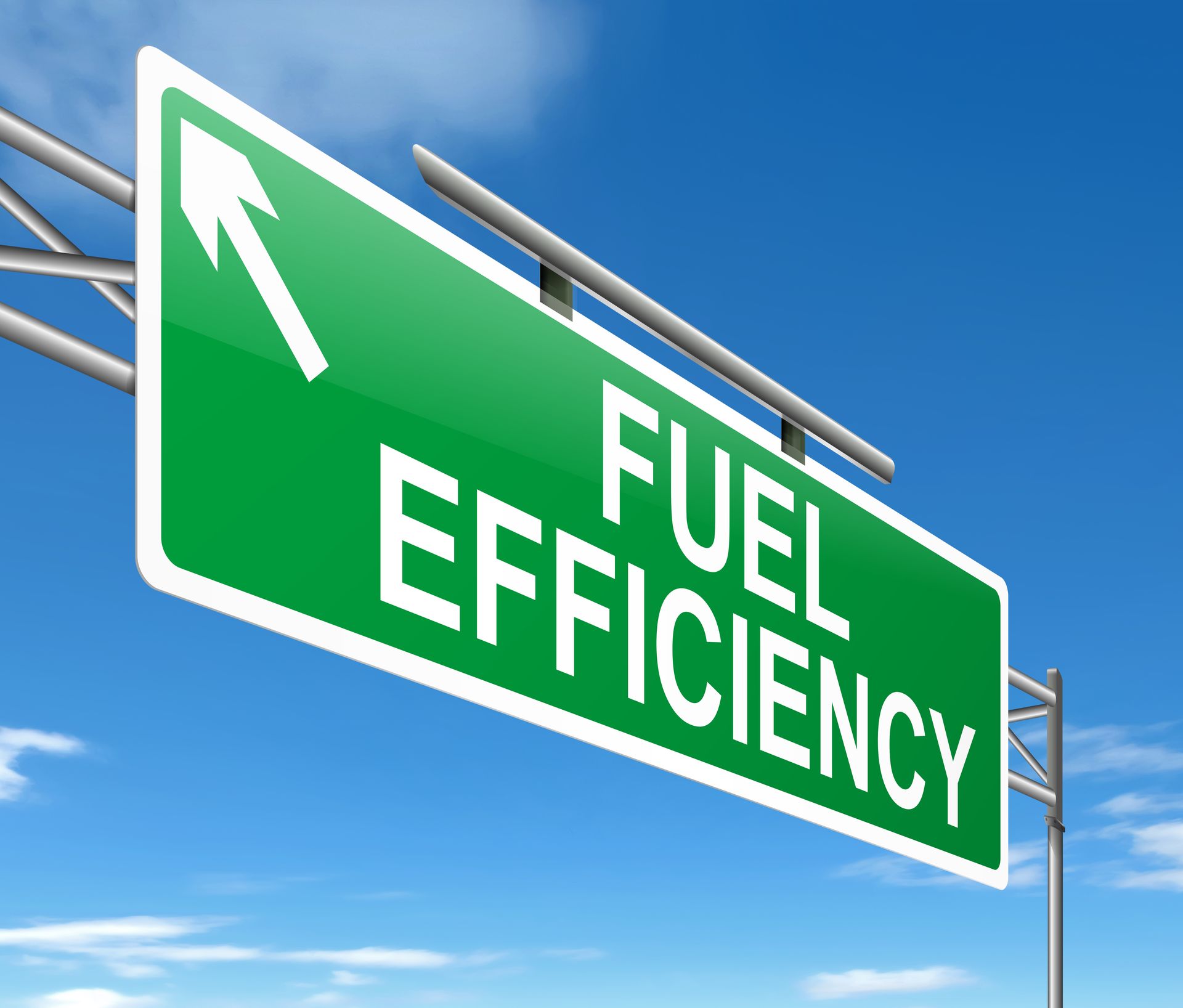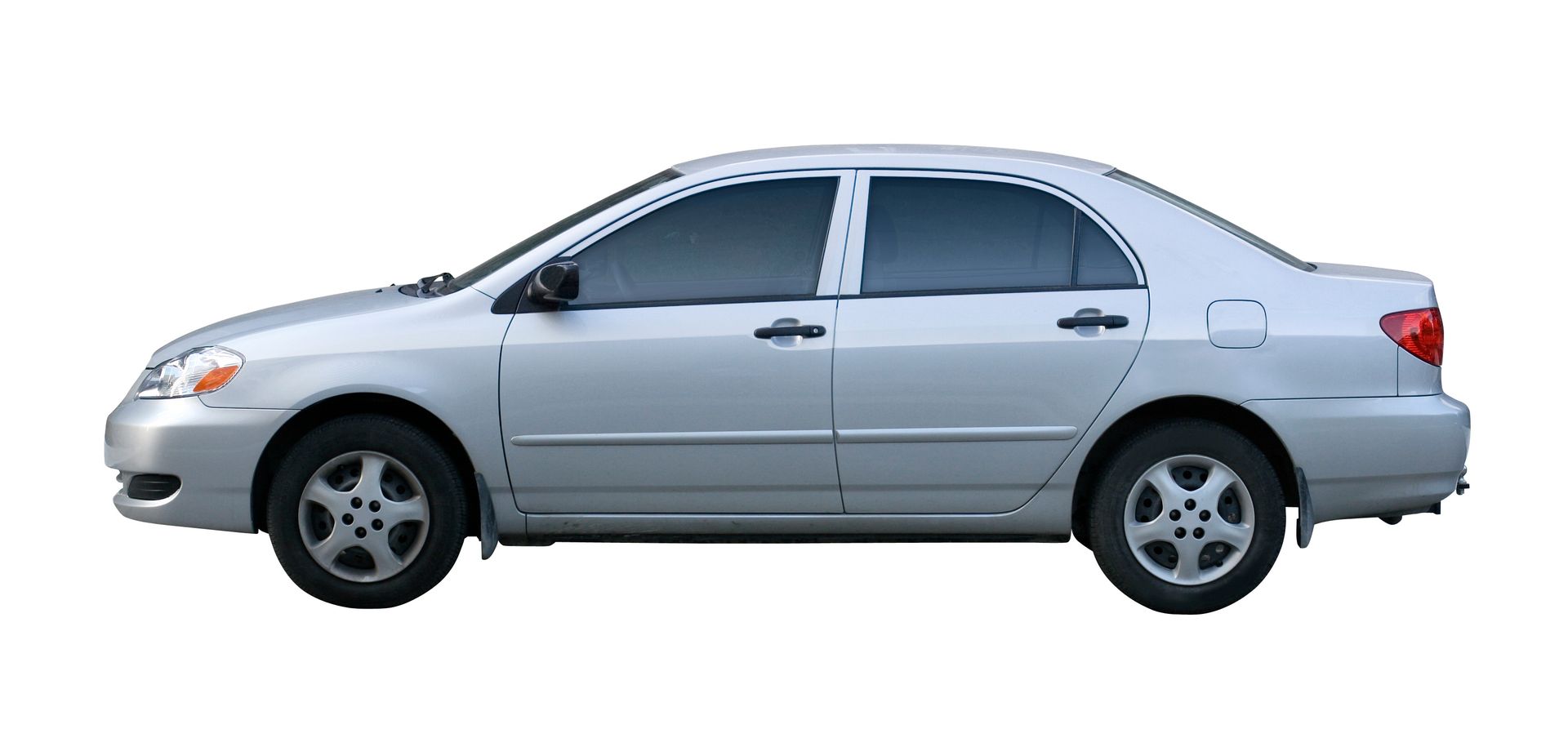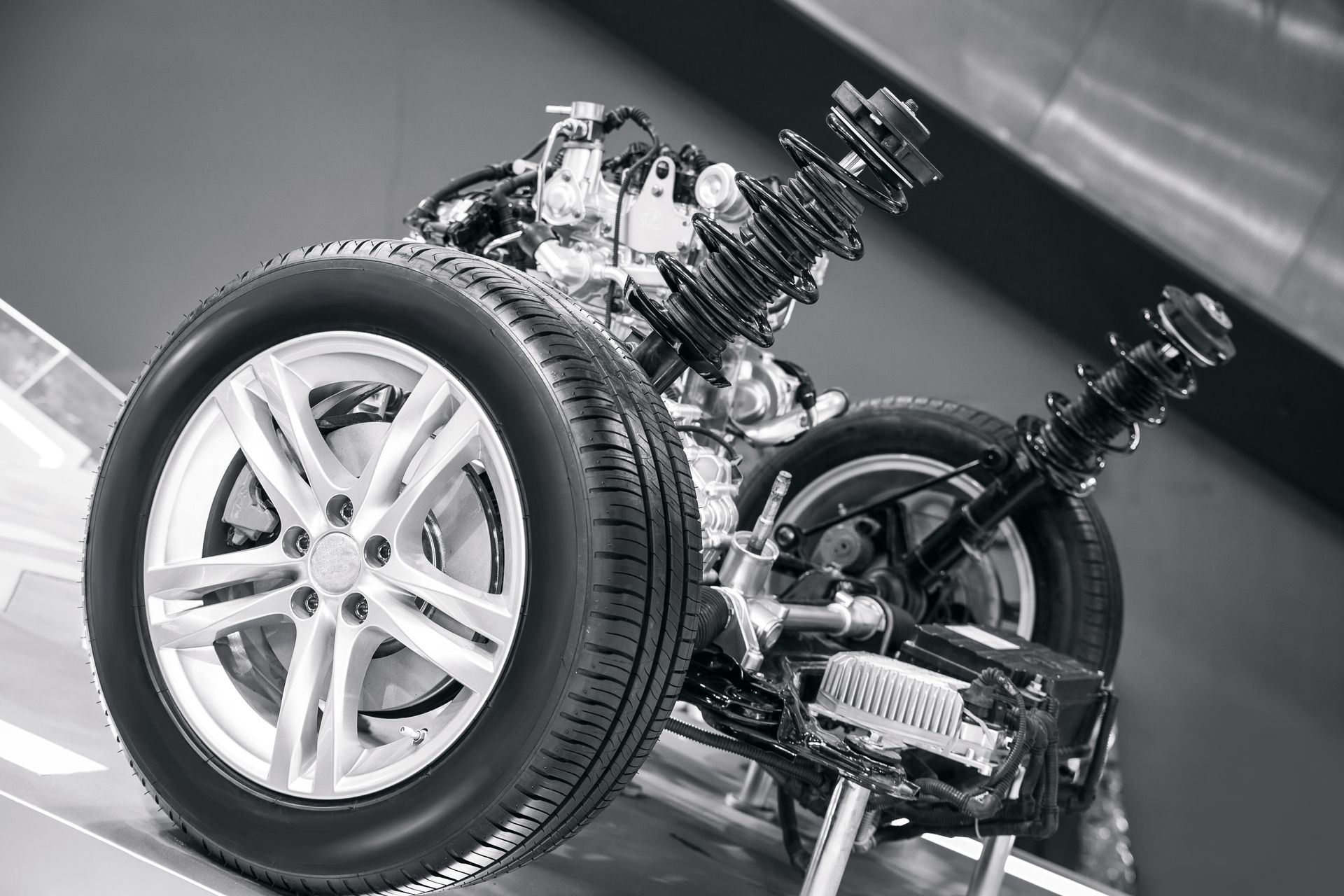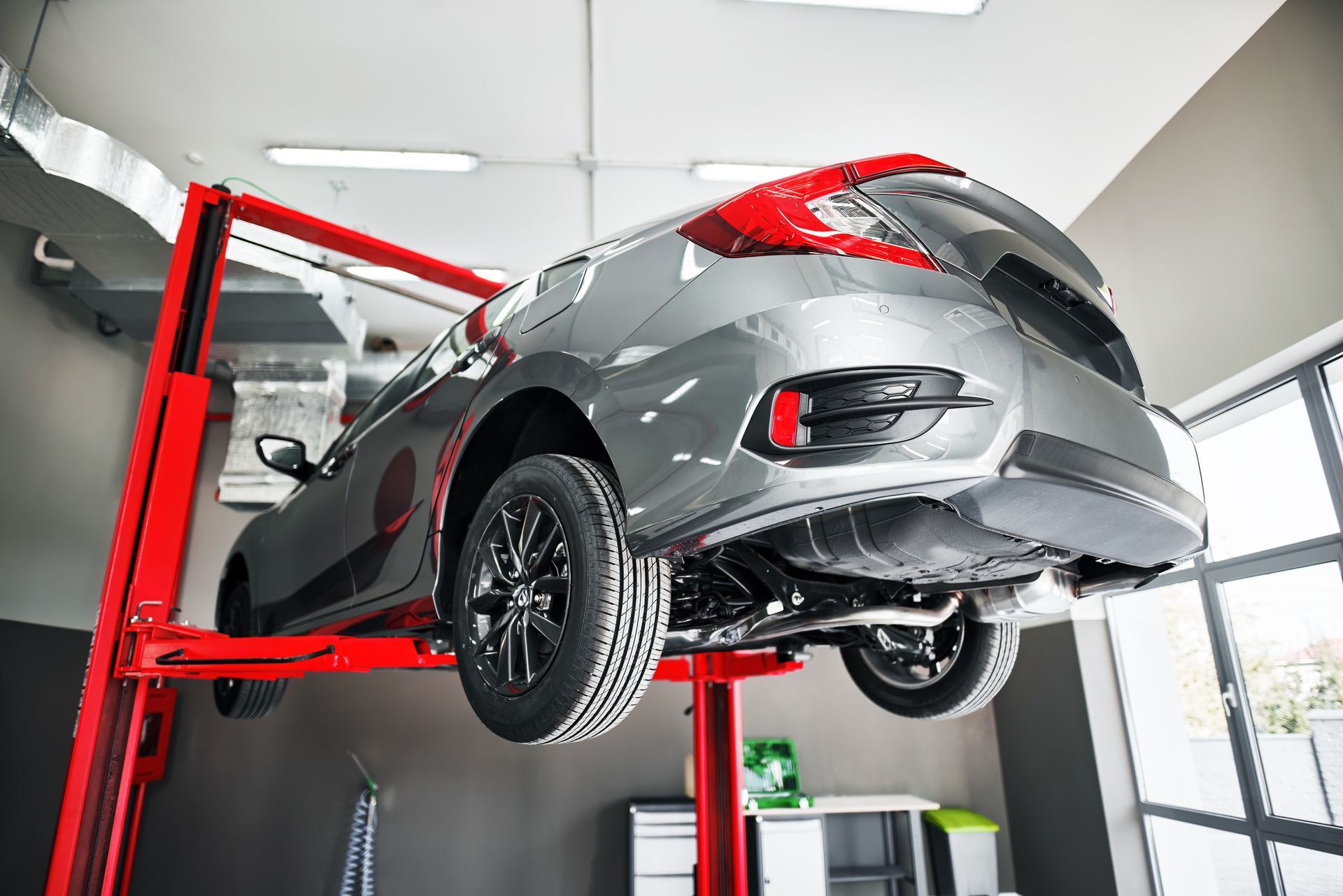Your water pump may not receive as much attention as your engine or transmission, but it plays a crucial role in ensuring your vehicle operates safely. Its job is to circulate coolant through the engine, radiator, and heater core to regulate temperature. If the pump begins to fail, your engine is at serious risk of overheating, and the signs usually start small.
Recognizing the early symptoms of a bad water pump can save you from being stranded on the side of the road with steam pouring out from under the hood. Listening to unusual sounds and looking for certain visual clues can help you catch the problem before it causes major damage.
Unusual Noises Coming From the Engine Bay
One of the first warning signs of a failing water pump is noise. As the bearings inside the pump wear out, they can produce a high-pitched whining or grinding sound that grows louder with engine speed. It might start as a soft squeal and develop into a persistent, sharp noise.
This sound often resembles a worn-out serpentine belt or bad alternator bearing, so it’s important to have it professionally diagnosed to pinpoint the exact source.
Coolant Leaks Under the Front of the Car
Water pumps use a weephole to vent fluid when internal seals start to fail. If you notice bright green, orange, or pink fluid pooling under the front of your vehicle or dried coolant streaks on the underside of the engine, your water pump may be leaking.
Small leaks may appear as slow drips at first but will worsen over time. As coolant levels drop, your engine will begin to overheat, sometimes without warning.
Corrosion or Rust Around the Water Pump
Open the hood and inspect the area around the water pump, which is usually located near the front of the engine. Signs of corrosion, pitting, or rust on the pump or mounting bolts indicate a slow leak. Over time, even a small amount of escaping coolant can damage the metal surface of the pump and reduce its efficiency.
Rusty or crusty buildup around the pump should never be ignored—it’s a clear sign of wear and future failure.
Steam From the Radiator or Engine Area
If the water pump fails completely, coolant circulation stops and the engine can quickly overheat. When this happens, you may see steam escaping from the radiator cap or the front of the engine bay. Pull over immediately, shut off the engine, and allow the car to cool.
Driving with a failing water pump, even for short distances, can warp cylinder heads or crack engine components due to excessive heat.
Temperature Gauge Spikes or Fluctuations
Your dashboard temperature gauge offers one of the clearest signals that something is wrong with the cooling system. If the needle climbs higher than usual or fluctuates unpredictably, your water pump may not be circulating coolant effectively.
Inconsistent cooling indicates that the pump’s impeller (the spinning component that moves coolant) has worn out or become detached.
What Causes a Water Pump to Fail
Water pumps don’t last forever. On most vehicles, they should be replaced somewhere between 60,000 and 100,000 miles. Common reasons for failure include:
- Normal wear and tear on bearings and seals
- Using the wrong type of coolant
- Contaminants in the cooling system
- A loose or broken drive belt
In many cases, water pump replacement is done along with a timing belt or serpentine belt service since these components are often interconnected.
Don’t Wait Until It’s Too Late—Visit Steveo’s Garage LLC in Peoria, AZ
If your car is making strange noises, running hot, or showing signs of coolant leaks, don’t delay. A failing water pump can quickly lead to severe engine damage if ignored. Our experienced technicians can inspect your cooling system, confirm the issue, and install a high-quality replacement to keep your engine safe.
Call
Steveo’s Garage LLC in Peoria, AZ, today to schedule a cooling system inspection and avoid overheating troubles down the road.




